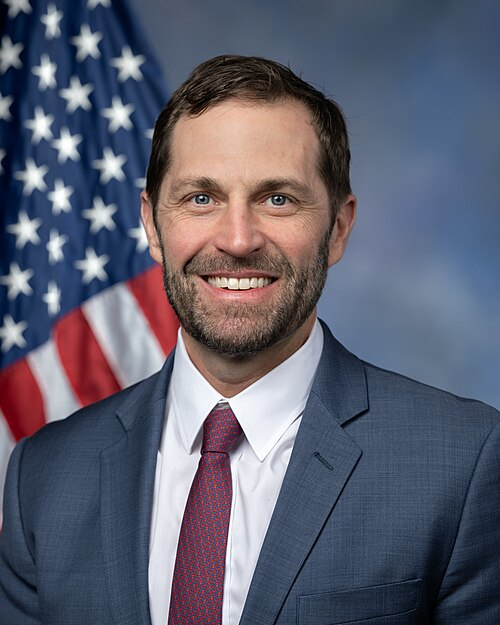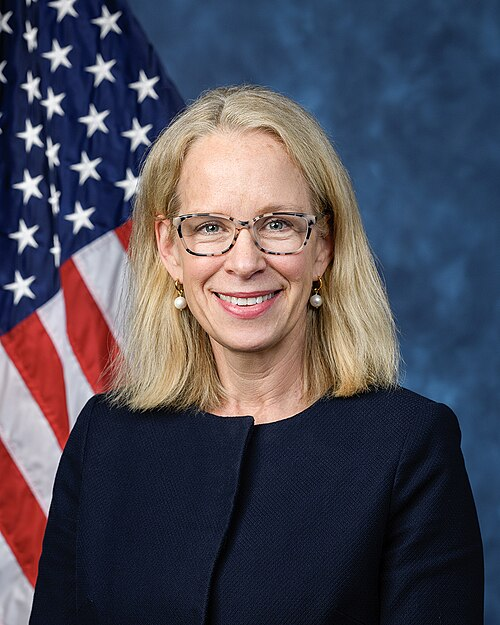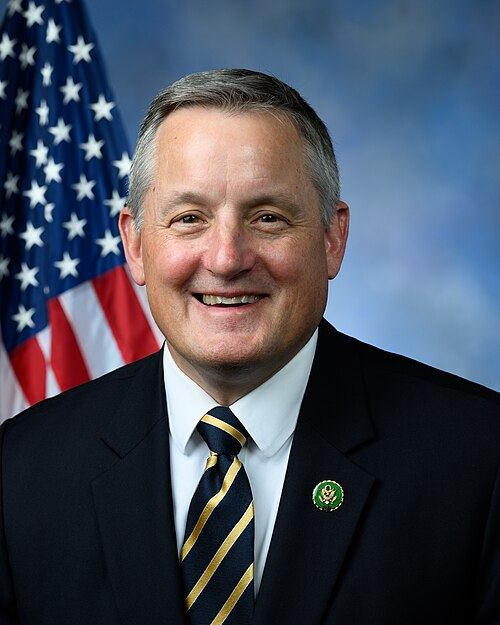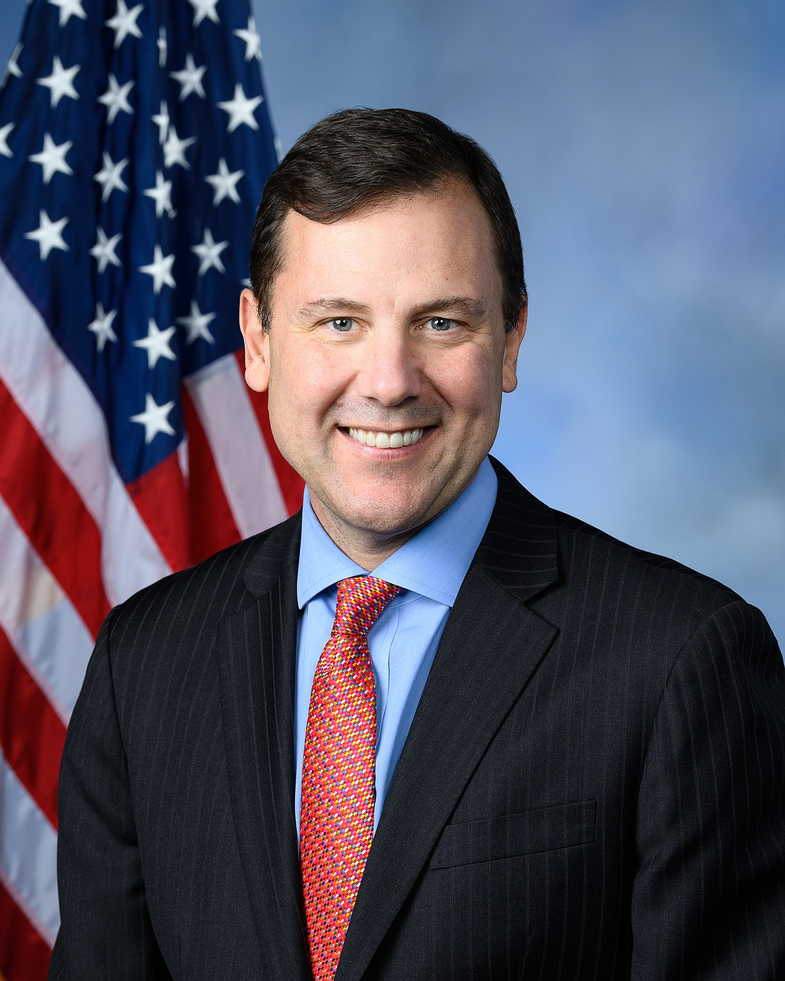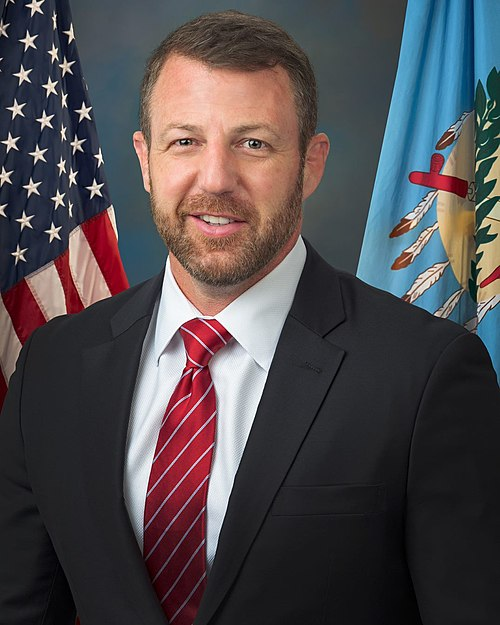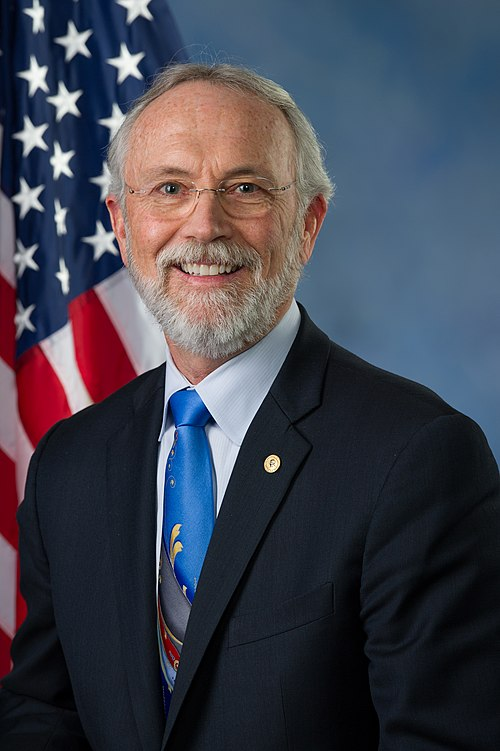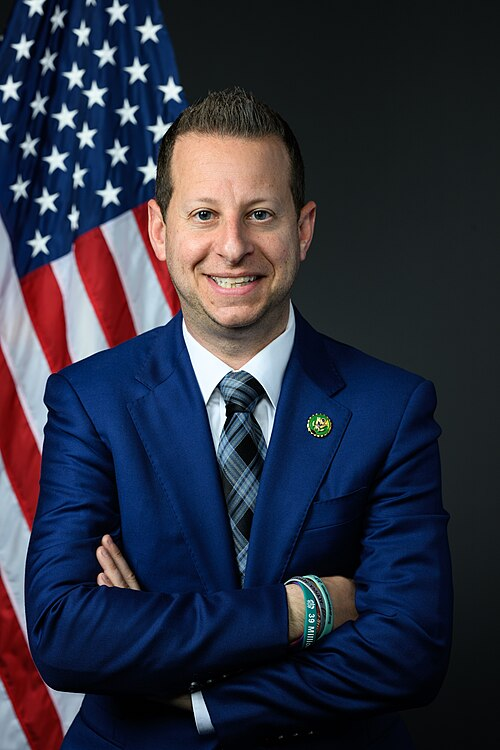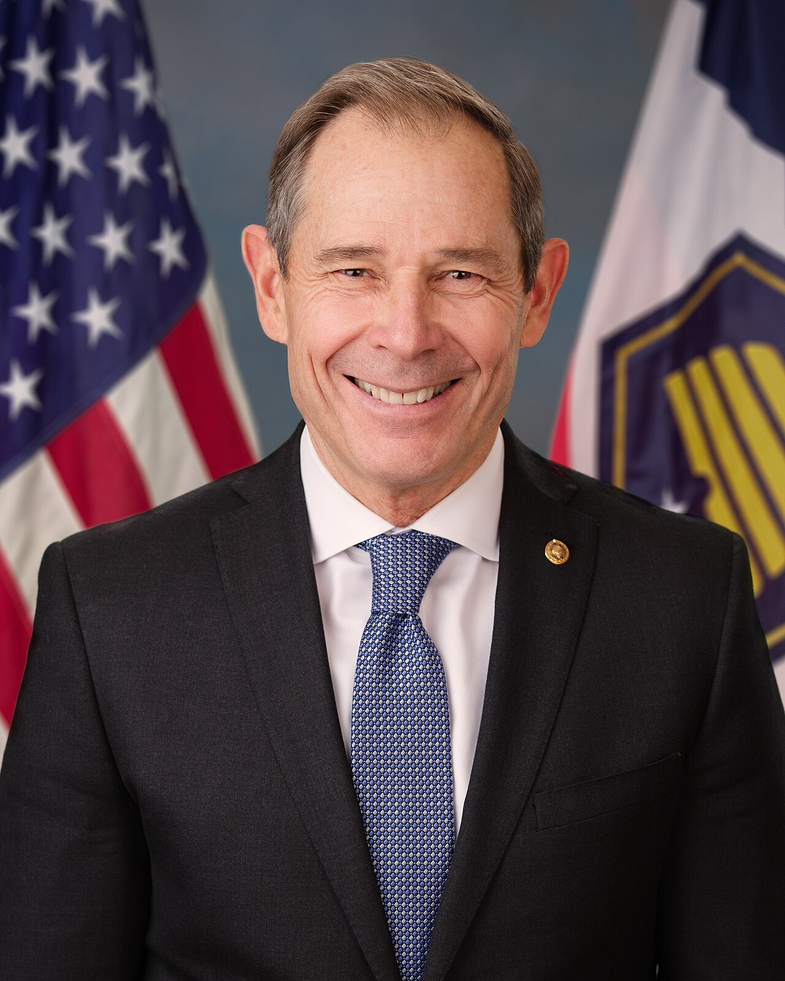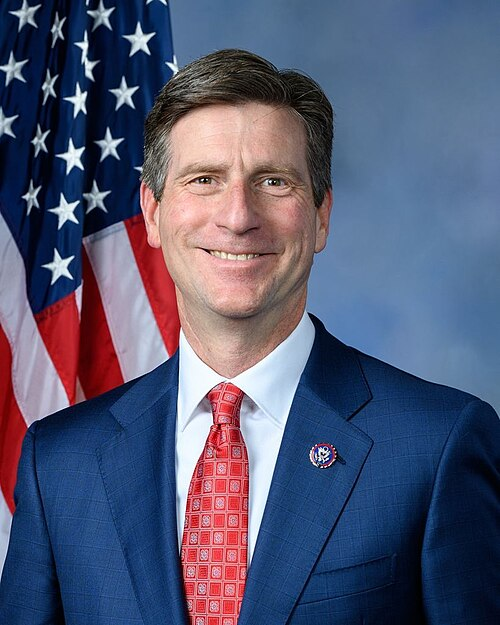H.R. 1459: Protect the West Act of 2025
This bill, known as the Protect the West Act of 2025, proposes the establishment of an Outdoor and Watershed Restoration Fund to support various restoration and resilience projects related to ecological integrity, particularly focusing on forests and watersheds. Here is a summary of its main components:
Purpose of the Fund
The fund's primary purpose is to provide financial support for restoration and resilience projects that improve ecological integrity, including:
- Enhancing forest conditions
- Restoring rangelands and native grasslands
- Improving watershed functions
- Supporting wildlife habitats
Establishment of the Fund
The bill establishes the Outdoor and Watershed Restoration Fund within the U.S. Treasury, which will be managed by the Secretary of Agriculture. It aims to allocate funds transparently for the following:
- A grant program for eligible entities
- The Restoration and Resilience Partnership Program
Eligible Entities
Eligible entities for funding include:
- State agencies
- Local governments
- Tribal governments
- Regional or quasi-governmental organizations
- Special districts
- Nonprofit organizations
Grant Program
The bill creates a restoration and resilience grant program that allows eligible entities to apply for funds for specific projects related to restoration and resilience. The program emphasizes:
- Capacity building for planning and monitoring projects
- Supporting collaboration on Federal and non-Federal lands
- Improving wildfire-resistant construction and reducing risks in areas prone to wildfires
- Expanding equitable access to outdoor areas
Restoration Fund Advisory Council
The bill establishes a Restoration Fund Advisory Council to assist the Secretary by providing recommendations on:
- Disbursement of funds
- Prioritizing project landscapes
- Evaluating and monitoring project success
This council will comprise various experts and representatives from resource-dependent industries, conservation organizations, and government entities.
Restoration and Resilience Partnership Program
The bill also establishes a program to carry out restoration projects in partnership with State, local, and Tribal governments. Key focuses include:
- Restoring ecological integrity across various ecosystems
- Creating jobs in outdoor sectors
- Preventing invasive species that affect ecosystems
- Mitigating wildfire risks in high-risk areas
Oversight and Reporting
The Secretary will be required to report annually to Congress on the Fund's use and the effectiveness of projects, including metrics on jobs created, environmental benefits, and progress toward resilience goals.
Funding
The bill appropriates $60 billion for the Fund, with specific allocations including:
- $20 billion for the grant program
- $40 billion for the Restoration and Resilience Partnership Program
This funding is intended to be used until fully expended for the specified projects and administrative costs.
Restrictions
There are specific restrictions on the types of projects that can be funded, ensuring that funds are not used for activities such as:
- Projects in wilderness areas or areas where vegetation removal is restricted
- The construction of permanent roads or trails
- Removing old-growth trees
Interagency Cooperation
The bill emphasizes the importance of cooperation among various government agencies to enhance the effectiveness and efficiency of restoration efforts while providing flexibility in the use of funds.
Relevant Companies
- PLNT - Planet Fitness could see indirect impacts related to increased outdoor access promoting health and fitness initiatives linked to community engagement and ecological restoration.
- NKE - Nike may benefit from heightened interest in outdoor recreational activities, aligning with its brand focus on outdoor sports and apparel.
- LNT - The Lawn and Tree Service industry could see effects from initiatives promoting urban landscaping and ecological integrity.
This is an AI-generated summary of the bill text. There may be mistakes.
Sponsors
1 sponsor
Actions
3 actions
| Date | Action |
|---|---|
| Mar. 20, 2025 | Referred to the Subcommittee on Conservation, Research, and Biotechnology. |
| Feb. 21, 2025 | Introduced in House |
| Feb. 21, 2025 | Referred to the Committee on Agriculture, and in addition to the Committee on Natural Resources, for a period to be subsequently determined by the Speaker, in each case for consideration of such provisions as fall within the jurisdiction of the committee concerned. |
Corporate Lobbying
0 companies lobbying
None found.
* Note that there can be significant delays in lobbying disclosures, and our data may be incomplete.
